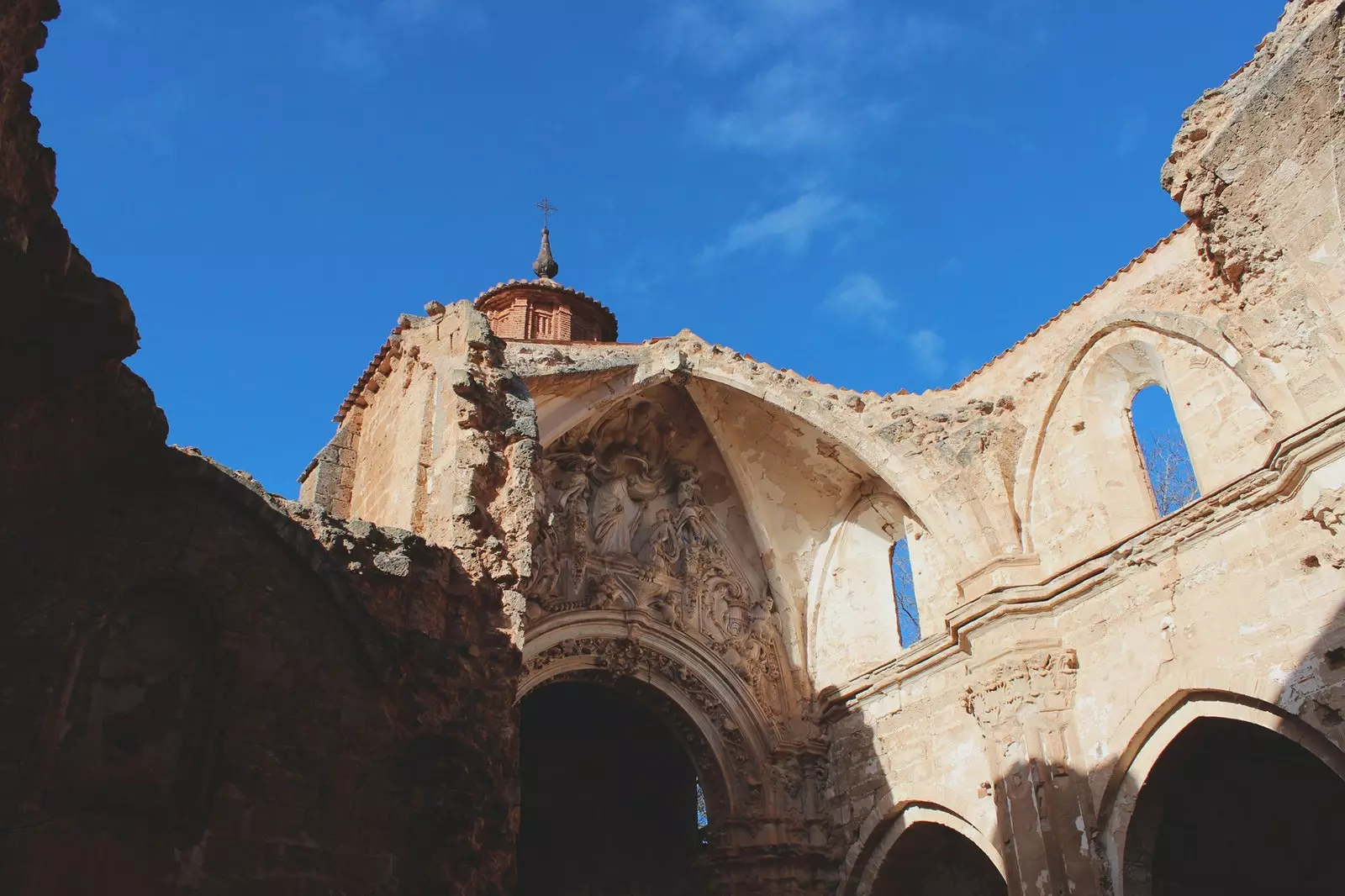
Old church of the Monasterio de Piedra in Zaragoza
Few can resist savoring a cup of hot chocolate . Well, from that cup that we hold in our hands today to the first one that was made in Europe, centuries have passed. In the same way that tomato or potatoes , cocoa beans came from America after the voyages of Christopher Columbus , and like the rest of the products, it was difficult for them to conquer the palates of the Old Continent.
One would think that a food as appreciated today as chocolate would be an immediate success. Well no. More than twenty years passed since the existence of cocoa beans was known in Europe until the first cup of this drink was prepared . Where? Probably in the stone monastery , on the Saragossa province.
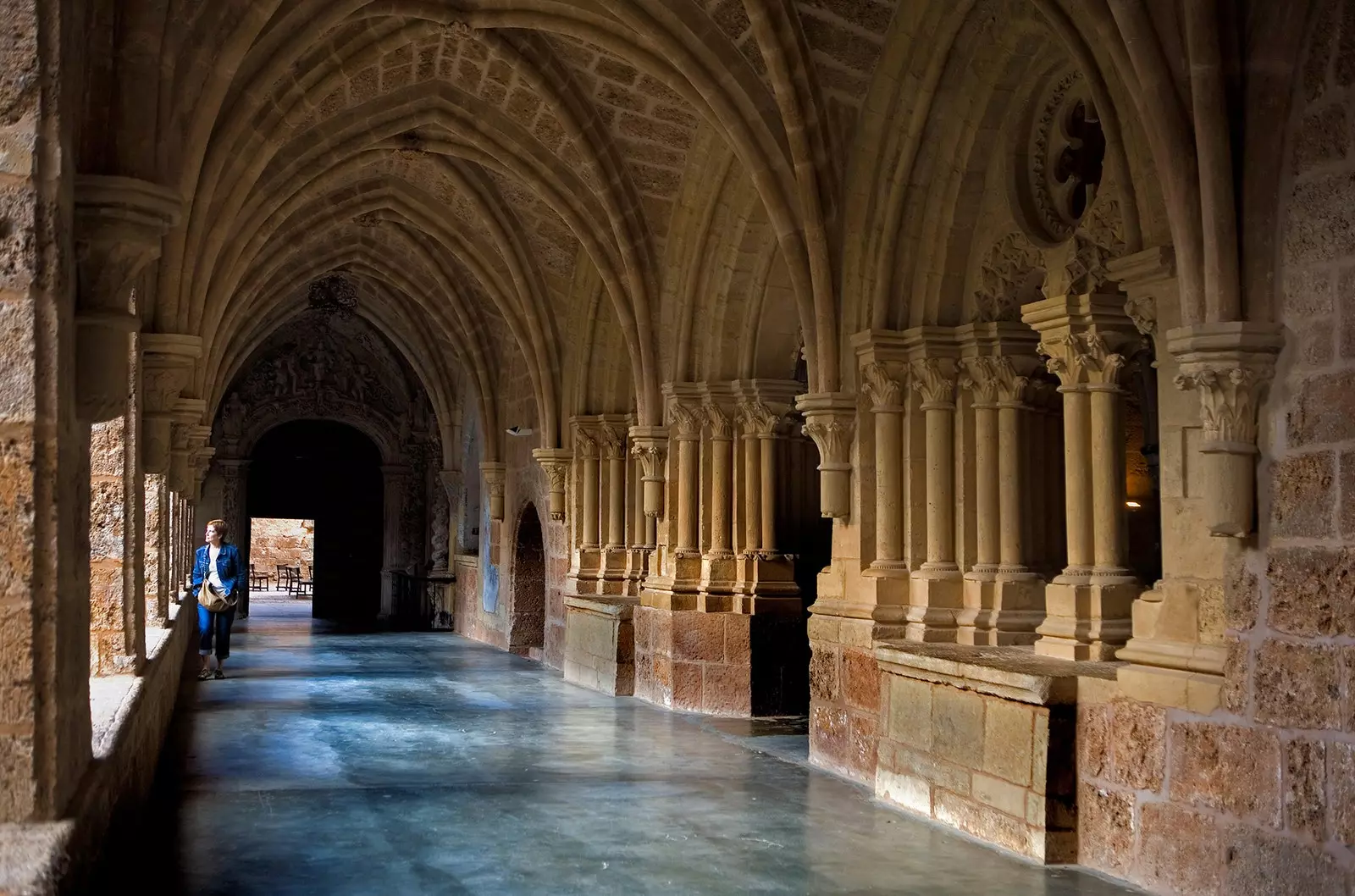
stone monastery
According to the chronicler Bernal Diaz del Castillo in his work History of the Conquest of New Spain , Columbus on his fourth and last voyage to the Americas was intercepted by a large indigenous boat. The captain of the ship, as a sign of peace, he presented them with fabrics and copper objects . He also ordered his crew to prepare them a dark and bitter drink that Columbus and his companions did not like anything. This drink was made from cocoa.
And if on the other shore of the Atlantic cocoa was already highly appreciated and even served as currency and payment method , in Europe it was not known how to see its qualities. Columbus on his return to the Peninsula, he showed the cocoa beans at Court without arousing any enthusiasm.
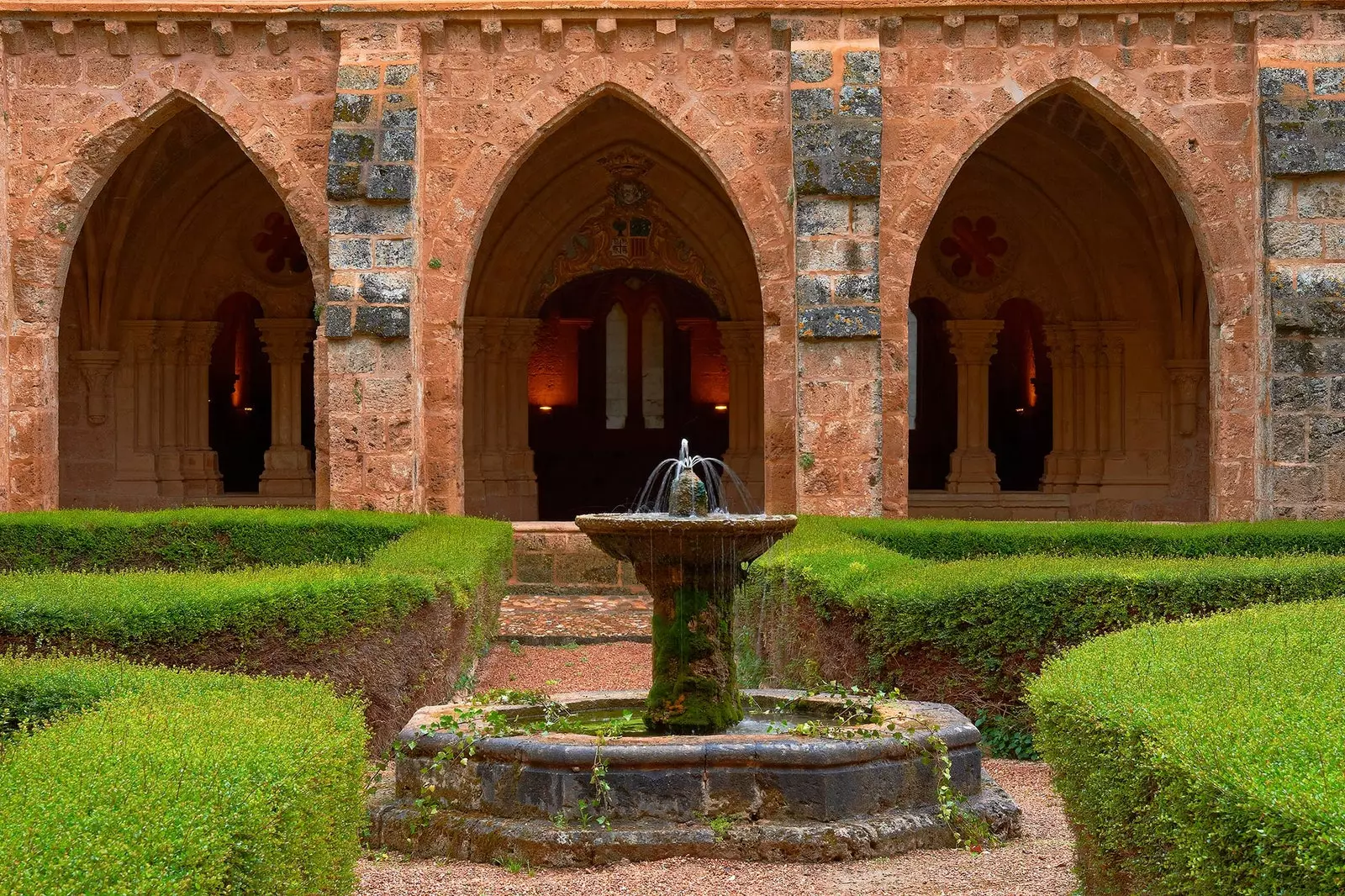
stone monastery
It was not until a couple of decades later when in Hernán Cortés's travels through New Spain when cocoa is given a second chance and an unstoppable expansion of it throughout Europe begins.
According to the gastronomic historian Luis Monreal Tejada it was Friar Jerome Aguilar, Cistercian monk who participated in the conquest of Mexico led by Hernán Cortés, who sent the first cocoa beans to Antonio de Álvaro, abbot of the Monasterio de Piedra, who belonged to the same order as him.
Fantasy can recreate for us that moment in which the packet of dark beans arrives at the hands of the abbot with the pertinent explanations to prepare it. The walls of the kitchen of the Monasterio de Piedra and those more curious or authorized monks they would witness that Historic moment that reflects the engraving that accompanies these lines.
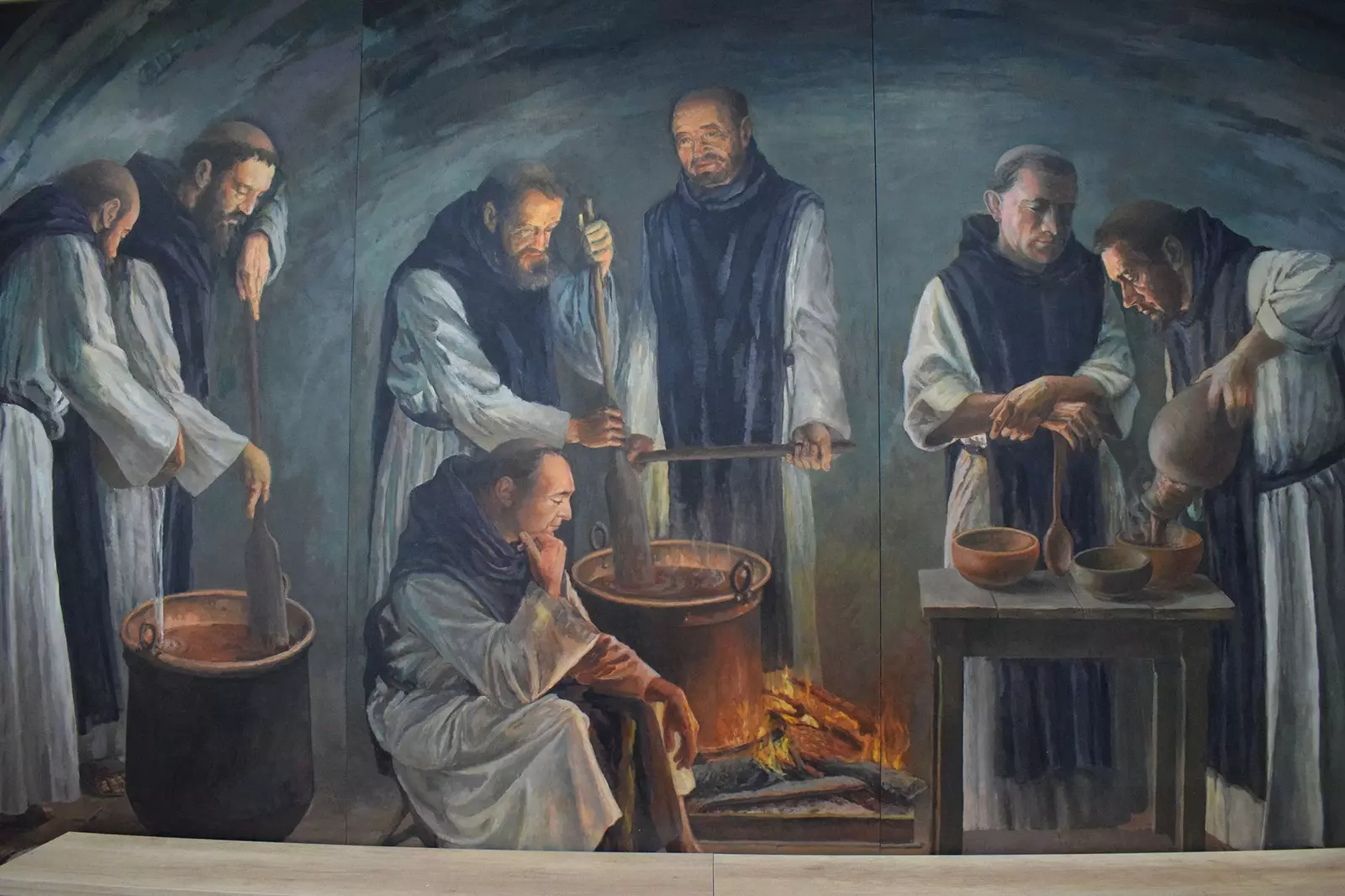
Stone Monastery Mural
It will be fair to mention that, in the absence of a notary public to prepare a record of the event, a couple more places vying for the privilege having housed the first cup of chocolate in Europe. What is undeniable is that chocolate acquired in the Monasterio de Piedra a great importance and fame.
Above all, as it was a food of which there was no reference in the Old Testament and it was consumed liquid, it was considered that he did not break the fast to which the religious community was called . In the cocoa drink many monks found the enough energy to withstand food deprivation and hence his great expansion by the abbeys.
The cocoa that historically arrived in Aragon came from ** Caracas and Guayaquil, ** Zaragoza being one of the Spanish places where chocolate had the most refined consumers. According to correspondence from Goya , the Aragonese painter had chocolate sent from Zaragoza, since not even in the Madrid Court could he find any of such quality.
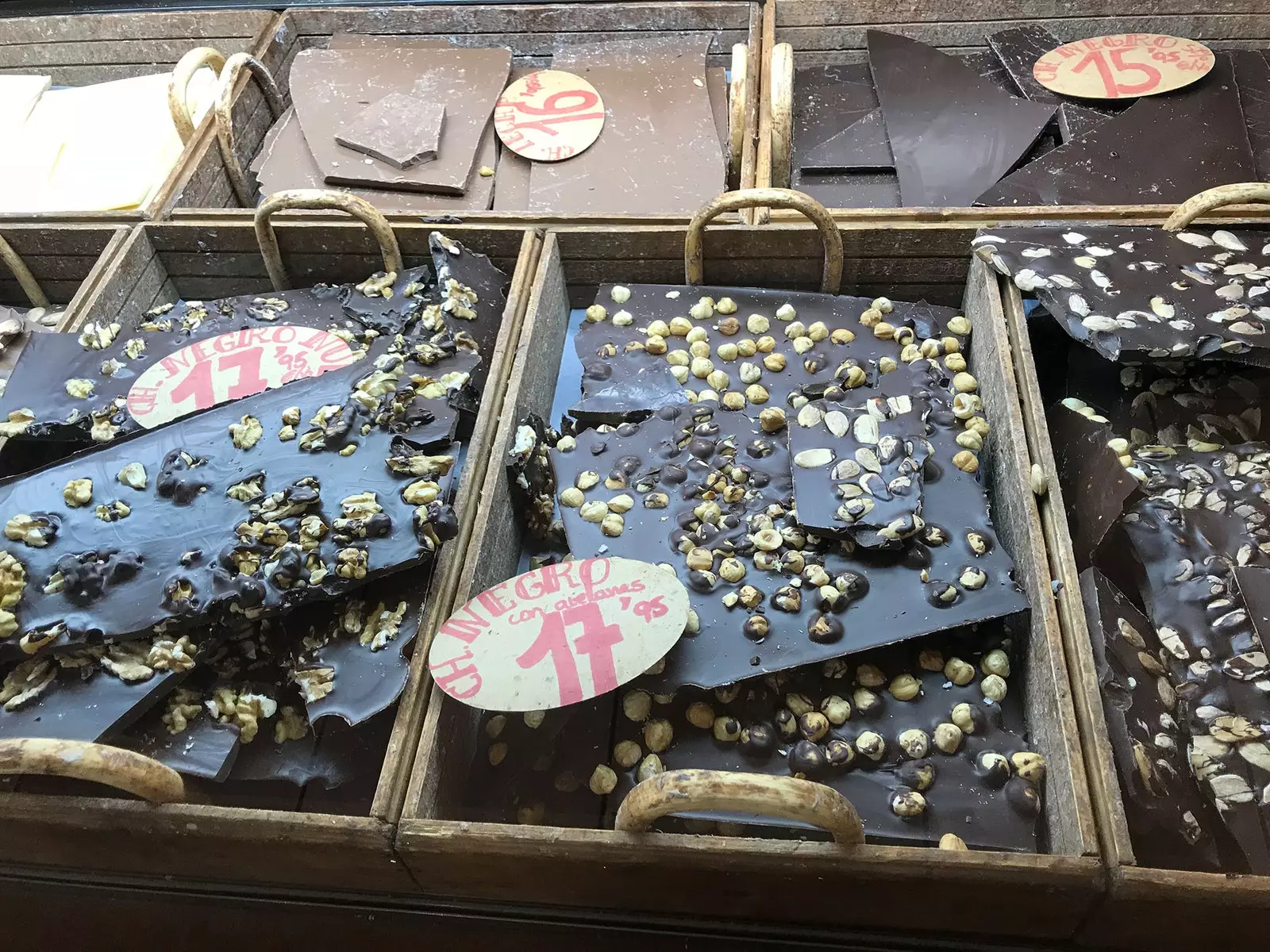
Chocolate factory Brescó, Benabarre (Huesca)
In a confectionery book dated 1847 we find the recipe for the famous and called Chocolate from Aragon : “eleven roasted pounds of cocoa from Caracas, the same amount of cocoa from Guayaquil and when it is ground, twelve pounds of superior muscovado* sugar are added (* cane sugar, unrefined ) and six ounces of Upper Holland Cinnamon, reduced to powder.”
The chocolate heritage was passed down through the centuries and Aragon has numerous industrial references in the sector , from where the well-known Lacasitos or Huesitos arose. The latter are currently owned by the Alicante chocolatier Valor.
luckily also in Aragon, artisan chocolate continues to be a great reference : From the Chocolatería Brescó in Benabarre (Huesca) to Chocolates Muñoz or Chocolates Isabel in the province of Teruel, they keep the tradition of making chocolate alive.
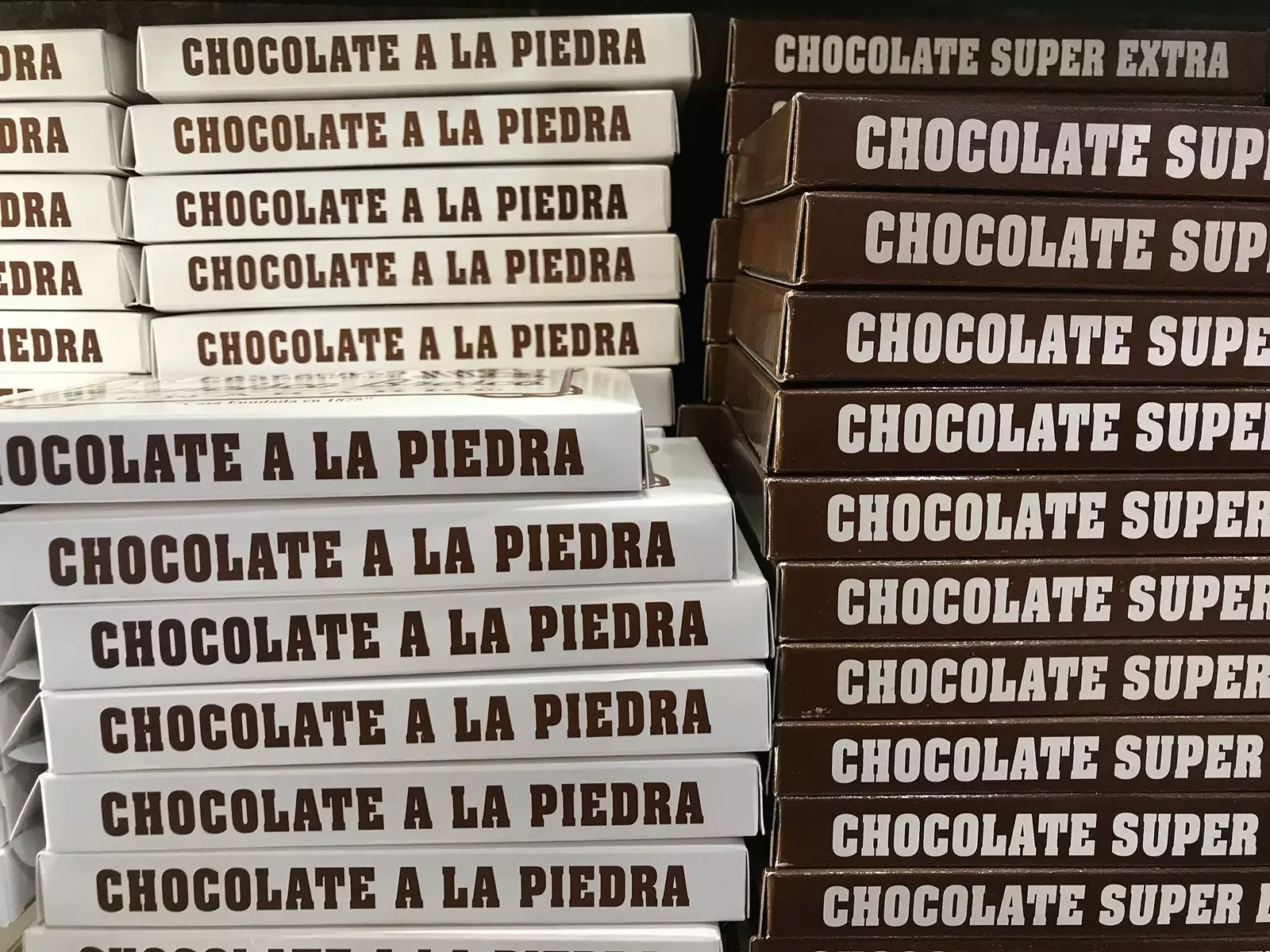
Chocolate factory Brescó, Benabarre (Huesca)
